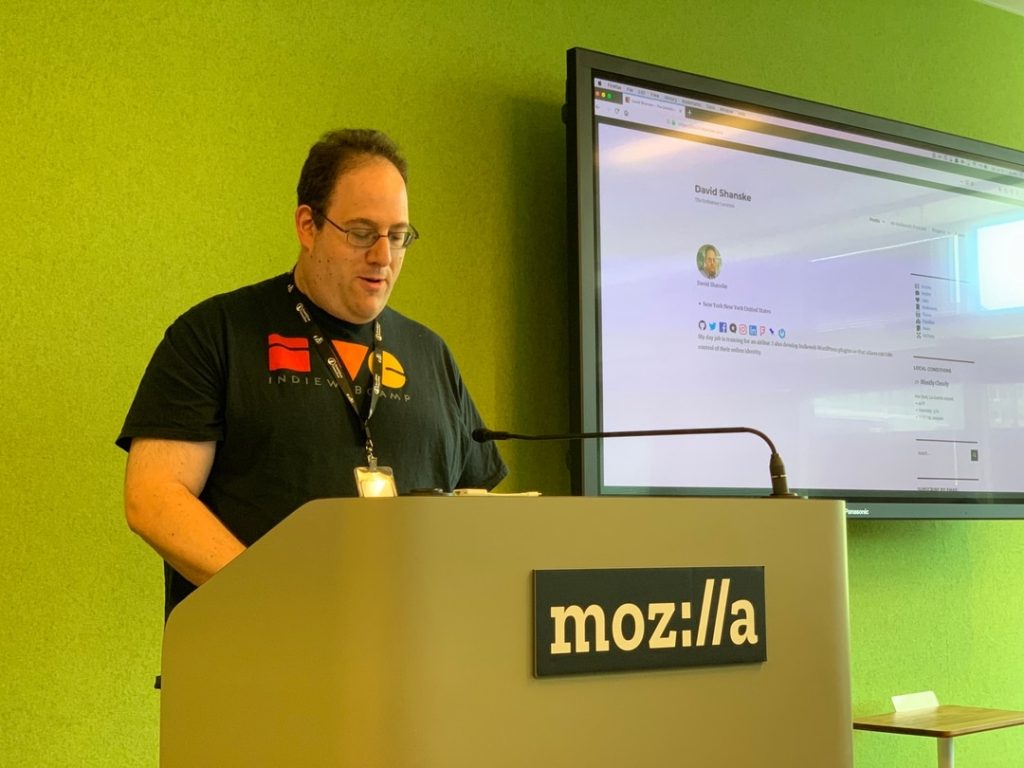Bughouse involves 2 chess boards
- Teammates sit beside each other playing opposite colors
- Whenever a piece is captured, it is given to their teammate.
- Teammates can use a move to place the piece on an unoccupied square.
- Pawns cannot be placed on the ends of the board.
- The first person to lose by checkmate or time loses for the team.
- Bughouse is usually played with chess clocks.
- When played without a clock, there is usually a rule preventing a player waiting for pieces (stalling or sitting) indefinitely. One rule states that players may not delay their move beyond the time that it takes for their partner to make three moves
- There is no specific rule against verbal coordination.

